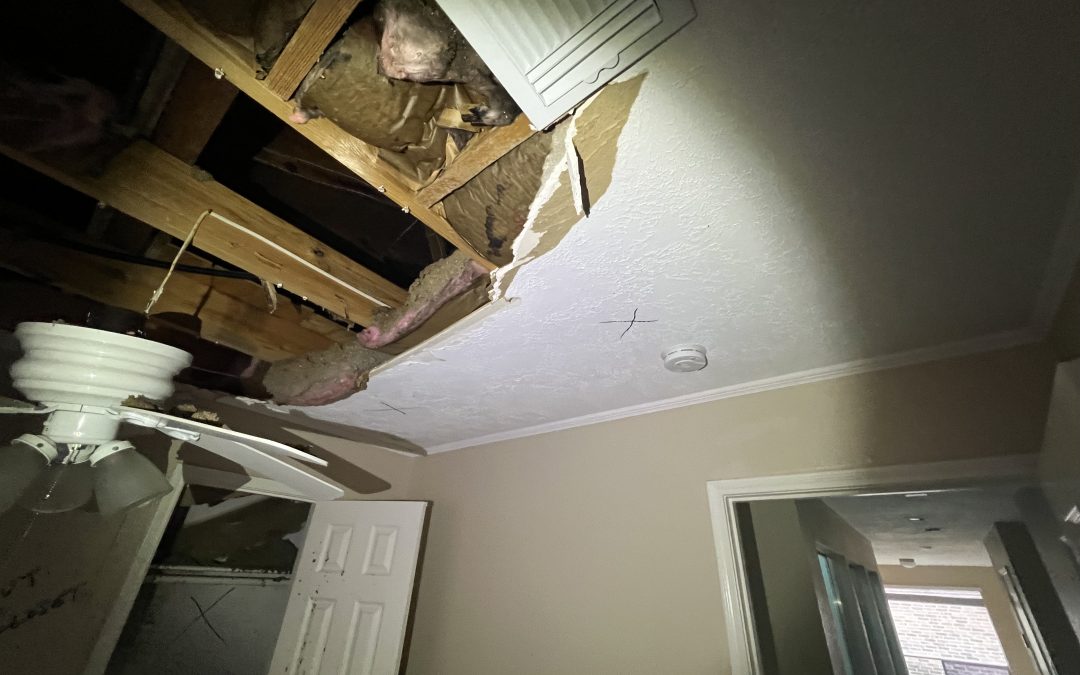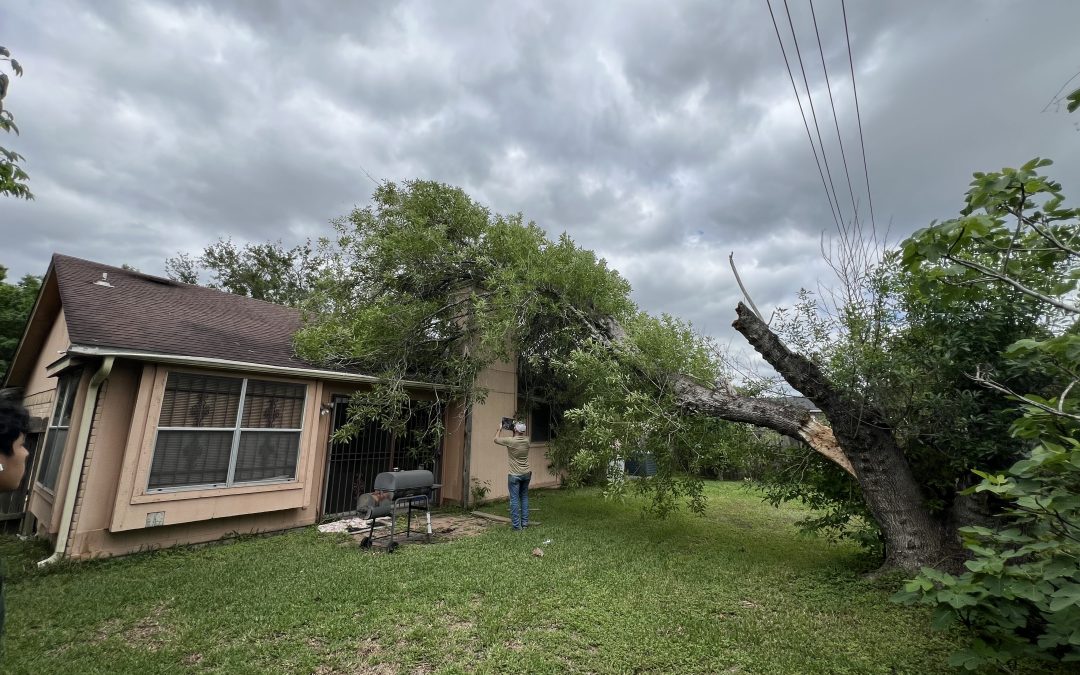The danger that black mold presents to humans and animals is well documented. Most people are aware that it can exacerbate existing health problems and cause health problems in some cases. It’s true that black mold is not something to play around with – it should be taken very seriously. However, any type of mold can present dangers as well. What’s more, the harm it does to human and animal health is just one aspect of the danger it poses. There’s more to it, a lot more.
Let’s take a look at the dangers of mold inside your home.
Is black mold the only “bad” mold?
Mold is a fungus that is found in nature, even in the air. It typically does not cause any significant health issues where it is present in normal amounts. It’s when there is an overgrowth of mold that the problems start.
There are many types of molds. Some are more harmful to your health than others, but all mold can cause some symptoms in people who are sensitive to it.
What most people don’t realize about black mold is that there is no single mold strain that is specifically called “black mold.” Instead, there are several. When people talk about “toxic mold” or “black mold” they are typically referring to stachybotrys chartarum, but it can really be any strain that is black – and there are many.
How can mold affect your health?
Mold exposure can definitely affect a person’s health, especially if they have allergies, asthma, COPD, or other breathing issues or illnesses. If the people in a house are experiencing mold exposure symptoms, it is a good indicator that there is mold somewhere in the house.
Signs and symptoms of mold exposure include:
- Sinus congestion
- Difficulty breathing
- Irritation of the throat
- Headache
- Nasal congestion
- Wheezing
- Cough
- Skin irritation
- Eye irritation (watery, red, itchy eyes)
Symptoms can vary and even if a person exhibits all or most of these symptoms it does not necessarily mean that they have been exposed to mold. Other allergens and environmental irritants can cause similar reactions.
How can mold affect your home?
Mold can be found in the ceiling, the walls, fabrics, carpets, floors, attics, crawlspaces, basements, in ductwork, boxes, and more. And wherever it is, it tends to degrade whatever it is attached to. It can cause holes in walls, and other porous surfaces. It can cause boxes and their contents to disintegrate to dust. What’s more, the moist environment in which mold thrives also creates a perfect environment for destructive pests like termites and silverfish. Many people focus on the health aspects of mold and don’t realize that it can cause significant destruction to their home.
What can you do if you have mold in your home?
You may have mold in your home and not realize it. If you, members of your family, or your pets are showing symptoms of mold exposure, it is a good idea to have a professional inspect your home and work with you to create a plan to get rid of it. You can get rid of mold in your home but usually it is with the help of a mold remediation service. If you believe that mold is a problem in your home, don’t wait. Contact us today and get rid of the mold for good.




